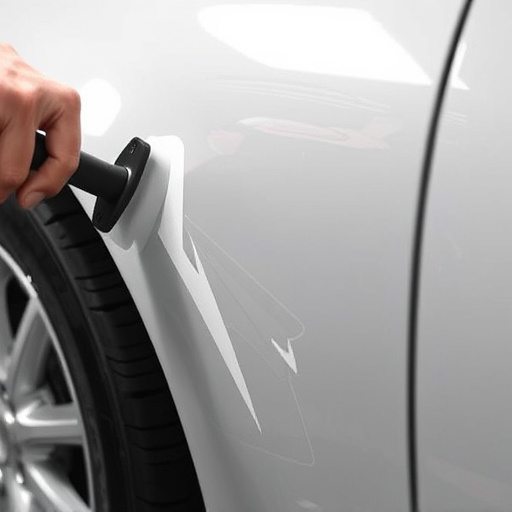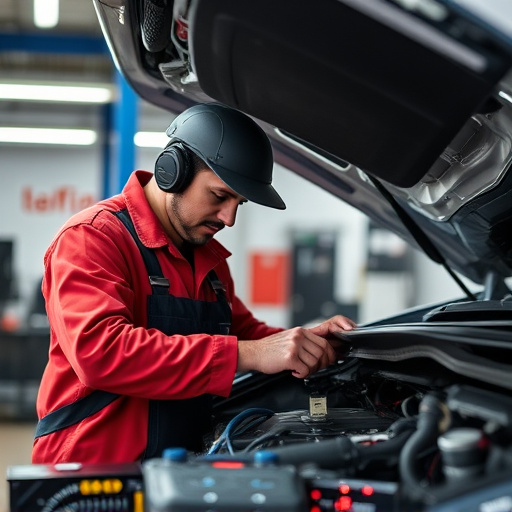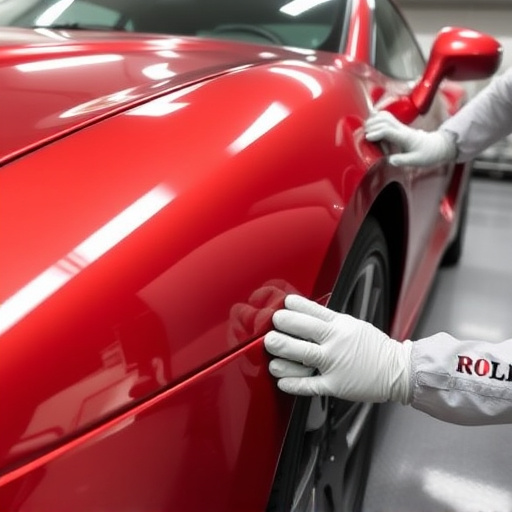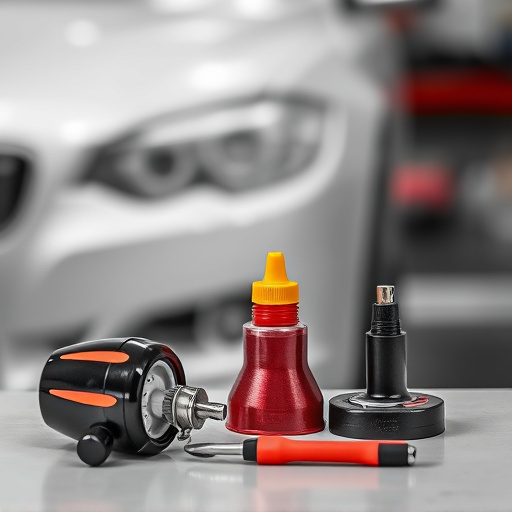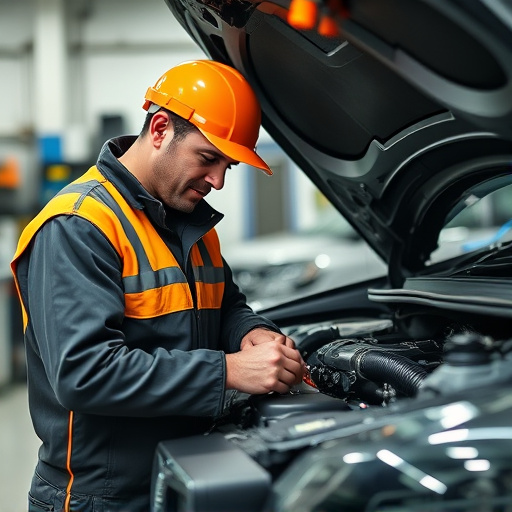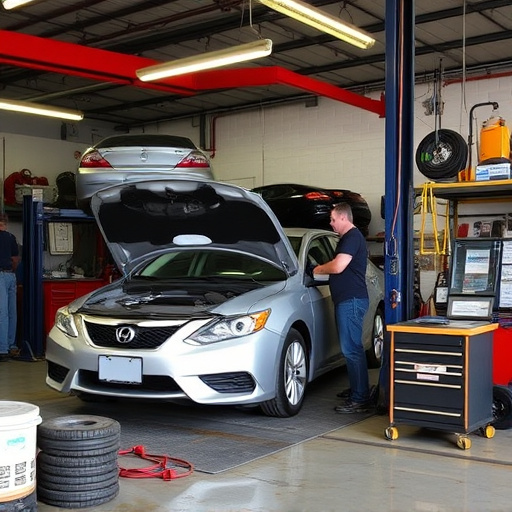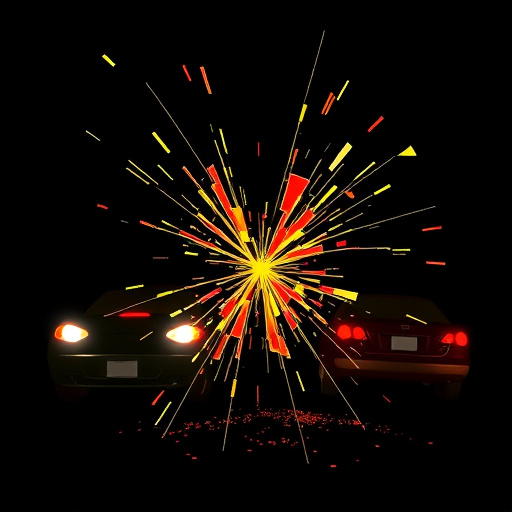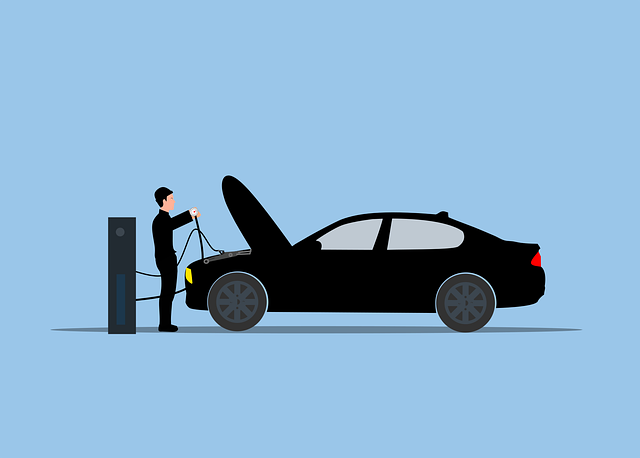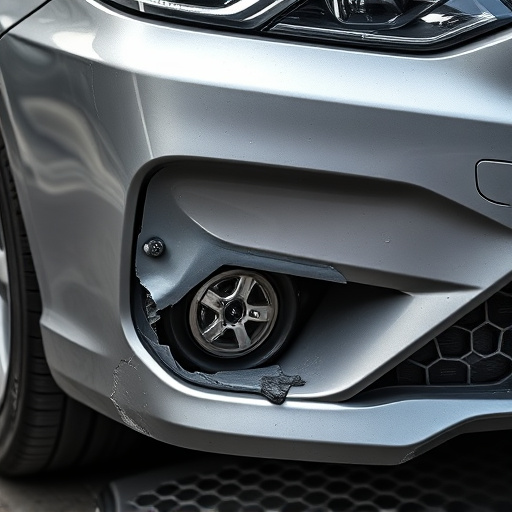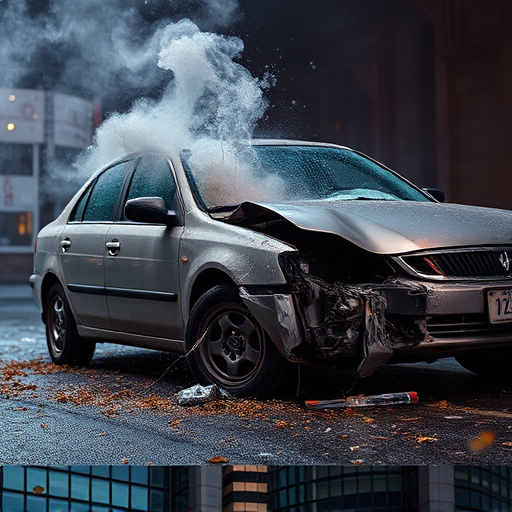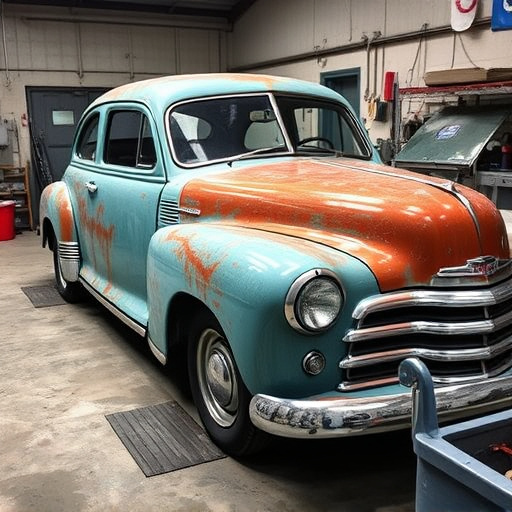Suburban collision repair involves a detailed assessment using CAD systems to measure damage, ranging from minor repairs like dent removal to complex frame restoration. Turnaround times vary based on damage extent and workshop efficiency, with busier centers experiencing longer waits. Optimizing processes through advanced techniques, equipment, and communication improves efficiency, ensuring timely vehicle returns and enhancing customer satisfaction.
Suburban collision repair can be a complex process, with various factors influencing the time it takes to restore your vehicle to its pre-accident condition. This article delves into the intricacies of the suburban collision repair process, exploring key elements that affect turnaround times. From initial assessment to final inspection, we’ll uncover the steps and considerations that determine how long your car’s fix will take, offering insights for efficient service in busy suburban workshops.
- Understanding the Collision Repair Process
- Factors Affecting Repair Time in Suburban Workshops
- Optimizing Turnaround Times for Efficient Service
Understanding the Collision Repair Process
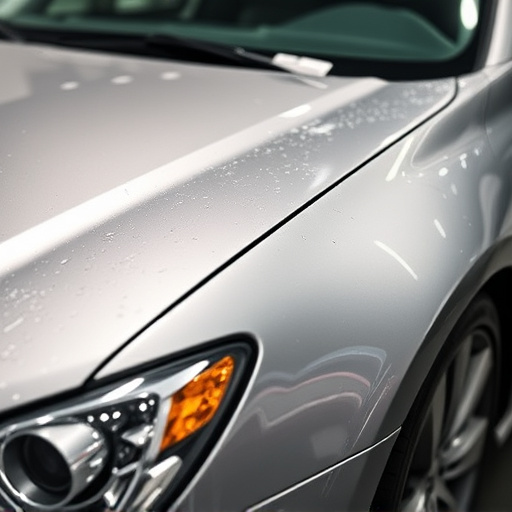
The collision repair process is a complex series of steps that transform damaged vehicles into safe, drivable conditions again. It begins with an initial assessment to determine the extent of the damage. This involves meticulous inspection of the exterior and interior, identifying issues like dented panels, cracked windshields, or more severe structural damage such as frame misalignment. Advanced technology, including computer-aided design (CAD) systems, aids in this evaluation, providing precise measurements for accurate repairs.
Once the assessment is complete, specialized technicians employ various techniques accordingly. This could include car scratch repair to restore minor dents and scratches, or more intensive procedures like frame straightening to realign damaged metal. For extensive hail damage repair, multiple stages of painting and finishing might be required to ensure a perfect match with the vehicle’s original color. Each step is crucial in restoring not just the vehicle’s structural integrity but also its aesthetic appeal.
Factors Affecting Repair Time in Suburban Workshops
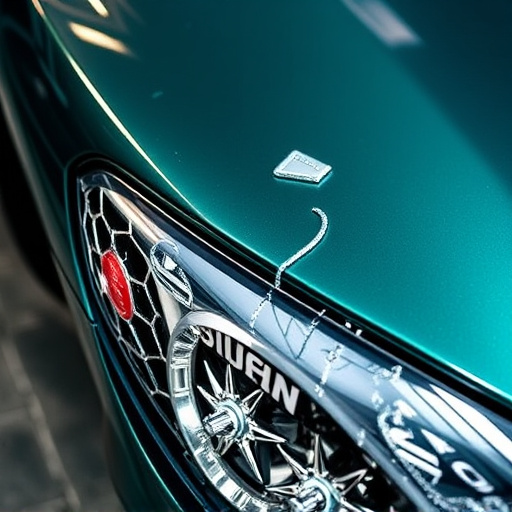
The duration of suburban collision repair can vary significantly based on several factors unique to each workshop and vehicle involved. One of the primary considerations is the extent of damage. Simple fixes like dent removal or minor paint jobs might take a few days, while complex repairs such as engine or frame restoration could extend the timeline by weeks. The complexity of these tasks directly impacts the availability of specialized technicians and the acquisition of necessary parts.
Another crucial element affecting repair time in suburban workshops is the capacity and efficiency of the facility. Busier shops may have longer wait times due to a backlog of vehicles, while well-organized and equipped facilities can streamline processes, enhancing overall speed and customer satisfaction. Additionally, the availability of replacement parts plays a significant role; obtaining specialized or custom parts might introduce delays compared to commonly available car repair services.
Optimizing Turnaround Times for Efficient Service

Optimizing turnaround times is a key strategy for any reputable suburban collision repair center to enhance their service efficiency. Efficient processes ensure that customers’ vehicles are repaired swiftly, minimizing downtime and maximizing convenience. One significant aspect is implementing advanced frame straightening techniques, which can significantly speed up the overall repair process. Modern car body shops now employ sophisticated equipment and computer-aided systems to accurately assess and correct vehicle frames, reducing manual labor and potential errors.
Additionally, prioritizing organized workflows and streamlined communication between departments allows for better resource allocation. This ensures that each stage of the car damage repair process, from initial assessment to final quality check, is completed promptly. As a result, customers can expect their vehicles to be returned in a timely manner, contributing to overall satisfaction and fostering trust in the services provided by the collision repair center.
Suburban collision repair can vary in duration, influenced by several factors unique to local workshops. Optimizing turnaround times is key to efficient service. By understanding the process and addressing common delays, residents can expect faster repairs, ensuring their vehicles return to the road safely and promptly. This enhances satisfaction with local suburban collision repair services.

